-
How to Completely Uninstall Reimage Repair in Windows 10?
- Mar 09,2021
- Uninstall Utilities
-
If you’re exactly one of those how have no idea how to effectively uninstall Reimage Repair in Windows, you’ll find useful instructions along with the program’s information on this page.
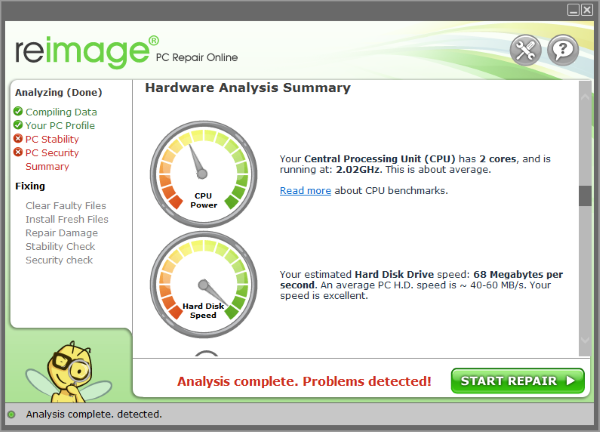
Reimage Repair, as promoted on its website, provides real-time protection against malicious programs, system guards, as well as notifications that inform the user about any infection when it happens. It also has other tools such as Registry protection and Process control, which can help the user monitor various processes, and evaluate their functions.
If for some reason you want to completely uninstall Reimage Repair in Windows, refer to the following content.
Uninstall Reimage Repair with an All-purpose Tool
Using Bloatware Uninstaller will save you a lot of time, better ensuring a complete removal for the program you wish to remove. Here are video demonstration & specific procedures, see how to easily remove a program with Bloatware Uninstaller:
1. Click any of the green download buttons on this page or visit the homepage to download Bloatware Uninstaller.
2. Run it, and you can see clearly what programs are installed currently. Choose Reimage Repair and click Run Analysis. It will scan for all the related files and get ready for your next request, just click Complete Uninstaller to confirm the cleaning job.
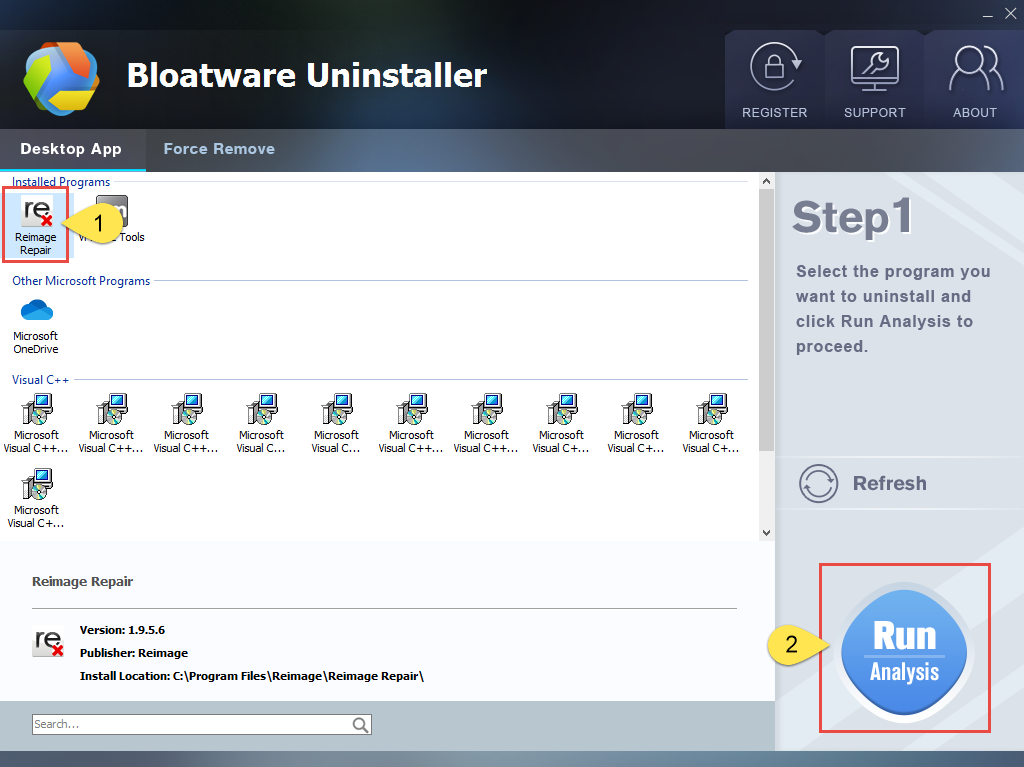
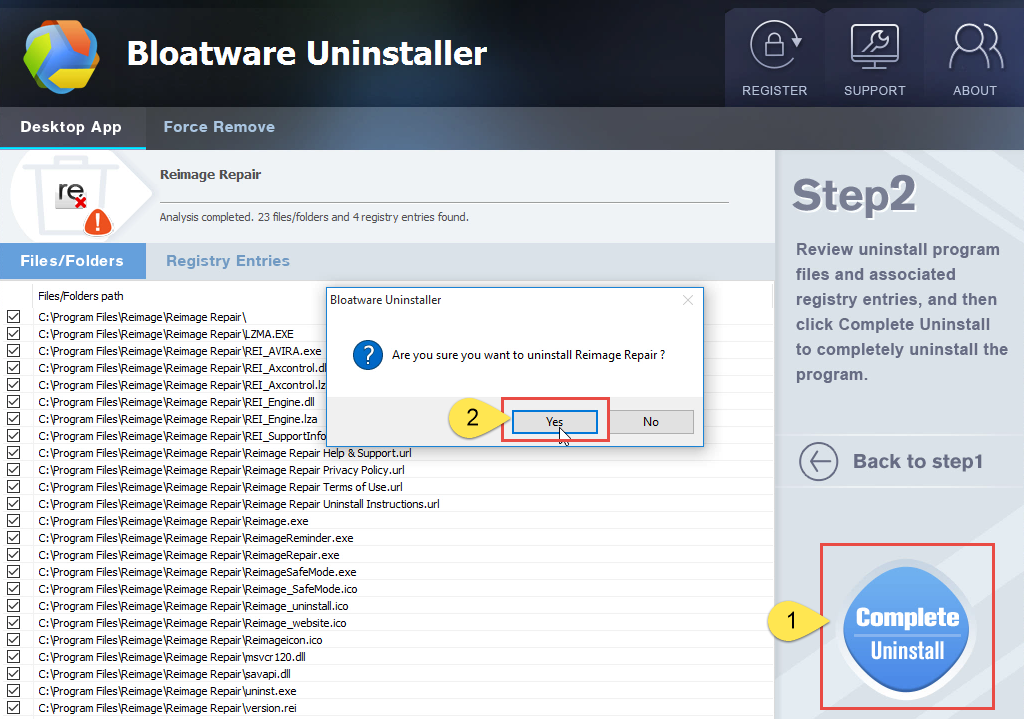
During this step, the program may ask why you are removing it, or ask you to seed them a feedback, just go through them as necessary.
3. Click Scan Leftovers when it turns to blue, then you see the all the vestiges that most users will forget to delete during the manual removal. Click Delete Leftovers to fully uninstall Reimage Repair.
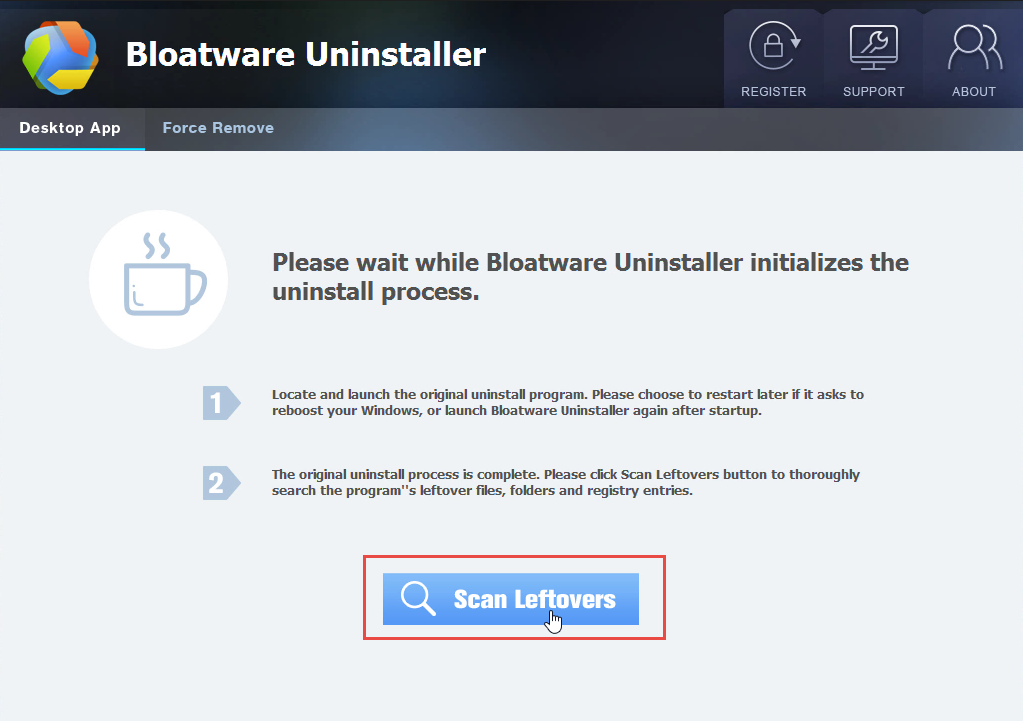
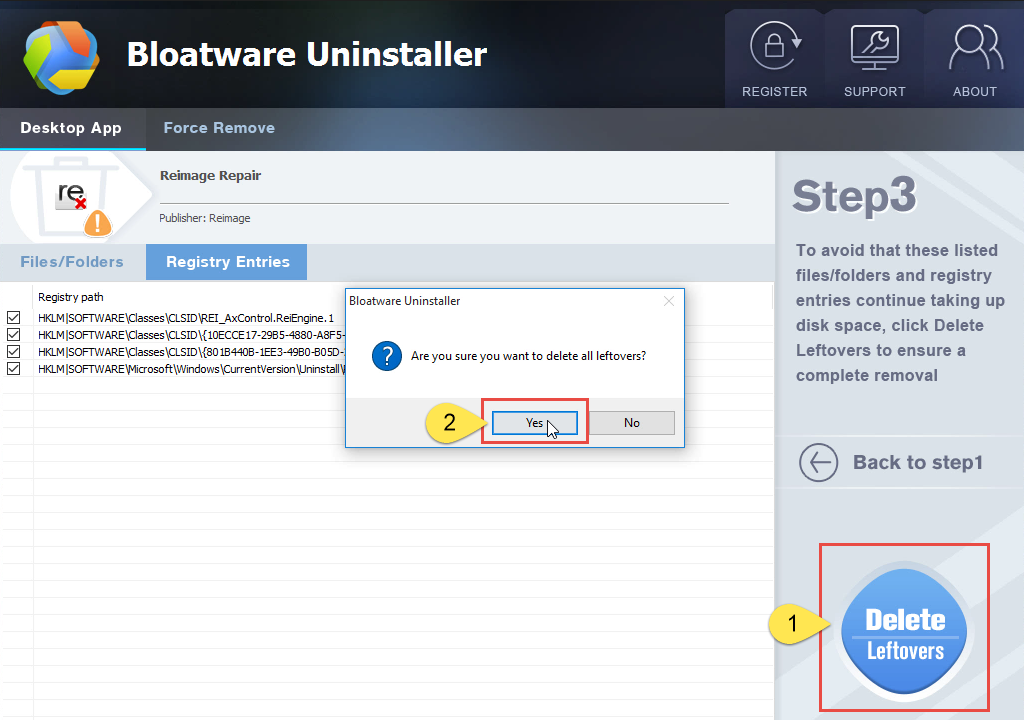
4. Click Back to step1 to refresh the list of currently installed programs, and check whether your target has gone. You can perform the same steps to remove other unwanted programs on your computer. I do hope this recommendation can be a better removal solution to you anytime.
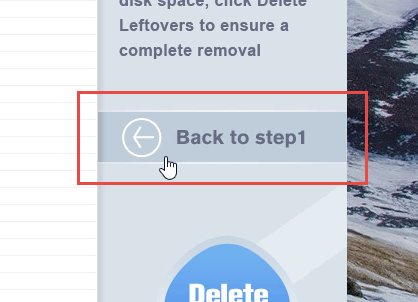
To learn the manual removal way, continue your reading under the next subtitle.
How to Uninstall Reimage Repair by Regular Means?
1. First of all, exit the Reimage Repair program.
Most programs will automatically close or ask you to shut them down during the removal, while a few will not. To ensure a complete and smooth removal, better shut down the program and the related possesses running in the background. You can do this by checking the System Tray and Task Manager.
2. Locate Reimage Repair in the Programs list.
Right-click on the Start button, select Programs and Features, and locate Reimage Repair in the list.
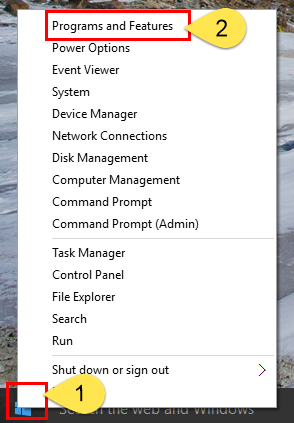
3. Uninstall Reimage Repair by activate the built-in uninstaller.
Now you should be looking at the Program List, which tells you what programs are installed on your PC, the names of them and their publishers, when they’re installed, and how much disk space they’re taking. Double-click Reimage Repair to activate its built-in uninstaller.
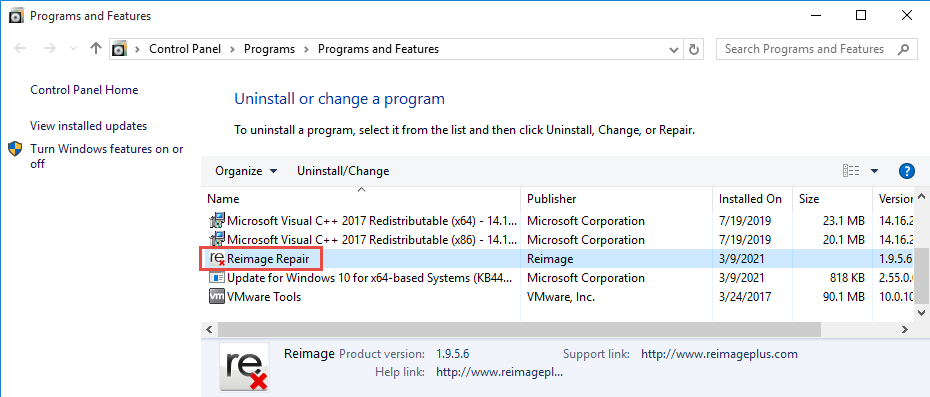
4. Follow the instruction to proceed and confirm the removal.
Once its built-in uninstaller pops up, click Remove/Uninstall/Yes/Next to provide confirmation. Then wait until the uninstaller finishes its job, and move on to the next steps to search for the related lingering files. If you’re prompted to restart, do it right away or later, no big deal.
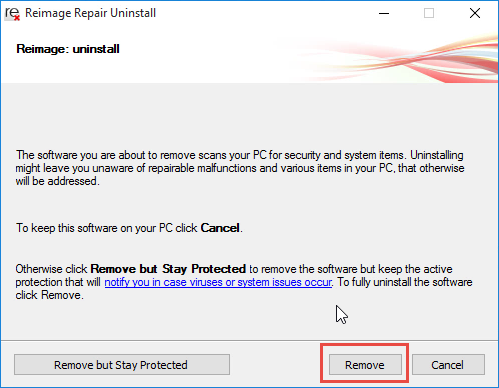
5. Uninstall Reimage Repair via the Registry Editor.
During installation the program registers itself in the system, that’s why you can find their entries in the Registry, it also explains why sometimes you can’t run a program by simply coping the folder from another device. This step is to delete the entries of Reimage Repair. But you should know that using the Registry Editor incorrectly can cause serious issues and may result in an inoperable operating system. So don’t delete anything wrong.
Execute “regedit” in the search input field on the taskbar to open the Registry Editor. Then on the navigator click Edit > Find, enter “Reimage Repair” to search for related leftovers to delete.
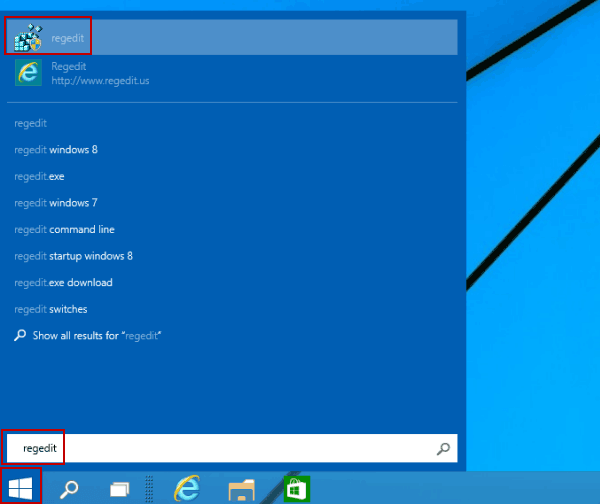
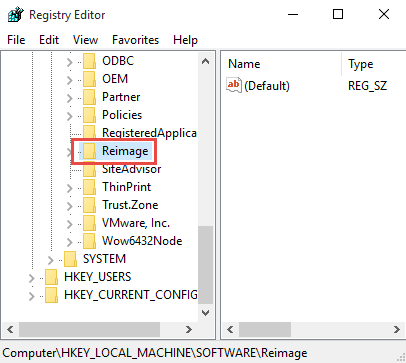
6. Restart the computer.
Do you have any questions about how to uninstall Reimage Repair? Write them below so that we get to know what we might have missed, and how to make it better for users to read. For other programs you wish to get rid of, you might as well try the above steps.
Useful Tips to Optimize Windows 10 for Performance & Gaming
Other than removal guides, we would also like to share some experience in computer performance improvement. Hope this happens to be part of the information you need right now.
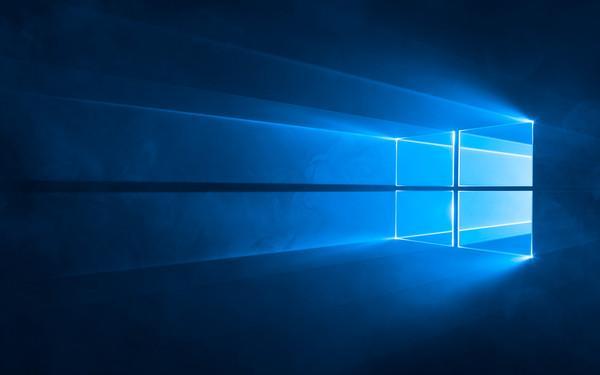
Tip 1. Update your graphic driver.
Right-click on the Start button, and select Device Manager. Then unfold the Display adapters, right click on the graphic driver (e.g. NVIDIA GeForce…) you want to update.
Tip 2: Use the latest DirectX version.
To check the version, press and hold Windows key + R to access the RUN dialog box. Then Enter “dixdiag” and press Enter. Now go to the Graphics tap to check out your DirectX version. Search for the latest version on Google, and see if they match.
Tip 3. Shut down unnecessary programs that are running in the background.
Right-click on the taskbar and select Task Manager. Select the apps that you are not using at the moment, and click End task in the bottom right corner of this window.
Categories
- Acer Software
- Anti-Spyware
- Antivirus Programs
- ASUS Software
- Browsers
- Business Software
- CD Burners
- Cloud Storage
- Communication Tools
- Compression Tools
- Desktop Customization
- Desktop Enhancements
- Developer Tools
- Digital Photo Software
- Driver
- Encryption Software
- Games
- HP Software
- Intel Software
- Interface Tool
- Internet Security Software Suites
- Internet Software
- Keyboard Drivers
- Lenovo Software
- MP3 & Audio Software
- Networking Software
- News
- Operating Systems & Updates
- Other Browser Add-ons & Plugins
- P2P & File-Sharing Software
- Productivity Software
- Security Software
- SEO Tools
- Text Editing Software
- Uncategorized
- Uninstall Backup Software
- Uninstall Download Software
- Uninstall e-book management software
- Uninstall FTP Software
- Uninstall Graphics Software
- Uninstall Monitoring Software
- Uninstall Office Suite Software
- Uninstall PDF Software
- Uninstall Player
- Uninstall Security Software
- Uninstall Utilities
- Utilities & Operating Systems
- Video Editing
- Video Players
- Video Software
- VNC Software
- Web Browsers
- Windows Tutorial
Archives
- June 2021
- April 2021
- March 2021
- February 2021
- January 2021
- December 2020
- November 2020
- October 2020
- September 2020
- August 2020
- July 2020
- June 2020
- May 2020
- April 2020
- March 2020
- February 2020
- January 2020
- December 2019
- November 2019
- August 2019
- July 2019
- June 2019
- May 2019
- April 2019
- March 2019
- February 2019
- January 2019
- December 2018
- November 2018
- October 2018
- September 2018
- August 2018
- July 2018
- June 2018
- May 2018
- April 2018
- March 2018
- February 2018
- January 2018
- December 2017
- November 2017
- October 2017
- September 2017

Comments
Leave a reply